Imagine you are a child on your first day at school and your teacher talks in a language you don’t understand.
That is the reality for children like Jorja-Grace Smith, 6, and Ruairidh Mac an Ultaigh, 5, who are educated entirely in Gaelic in Forfar.
But within months P1 pupils in Whitehills Primary School Gaelic class are talking back to teacher Wilma Kennedy in her native tongue.
And they catch her out when she sneaks in the wrong colour or number to test them as she reads their favourite stories.
Jorja-Grace and Ruairidh’s school in Angus is among 60 across Scotland to offer Gaelic medium education (GME).
But it’s one of only a few outside the Highlands, Western Isles and Argyll and Bute. There are two in Perthshire.
Surprisingly, most of the GME children at Whitehills – like those at other GME schools – are from families who don’t speak Gaelic.
Why do parents choose Gaelic education?
Despite having little or no knowledge of the ancient Scottish language, children are immersed in it from their very first day in school.
Many parents are drawn to Gaelic education by the benefits of bilingualism and the small class sizes. Whitehills’ Gaelic class can take up to 16 pupils, from P1 to P7, but there are usually fewer.
Jorja-Grace, in P3, is the only one of three siblings to have learned in Gaelic.
Mum Kirsty says: “I wish I had put them all in it (GME) but I didn’t look into it properly before.
“I’m a nurse and I had read how if you are bilingual there’s less chance of having a cognitive impairment when you’re older.
“I looked into it more and found out that kids are more confident and they do well in other areas of school. So I decided to go for it with Jorja-Grace.”
Jorja-Grace’s enthusiasm for the language is such that she sings Gaelic songs at home, labels her drawings in Gaelic and watches her favourite programmes on BBC Alba.
Watch: Gaelic songs in Whitehills Primary
And she corrects her grandad as he learns Gaelic to try to keep up with her.
Kirsty admits: “Maybe halfway through P1 she said ‘This is hard, I don’t know what the teacher is saying all the time. Why did I not just go to the English-speaking class?’
“But now she loves it. She’s very proud that she speaks Gaelic.
“My dad is learning Gaelic on Duolingo and they will chat to each other. But she’s still better than him!”
Jorga-Grace agrees that she knows “much more” Gaelic than grandad Ray. And she says she uses the language to wind up her older brothers, Jaxson and Nairn. “I say things they don’t know to annoy them!” she laughs.
Ruairidh enjoys reading both Gaelic and English versions of his favourite books.
Now in P2, he knew a few Gaelic words before he started as his father, Gearoid, learned Irish Gaelic in school.
Gearoid was eager his three children learned in Gaelic but wife Rachael Deas was initially reluctant.
She says: “I took a lot of convincing.
‘It’s amazing, he’s flying’
“We said we would give it six months. I went into it thinking I was going to win out and after six months Ruairidh would be in Forthill Primary School.
“But it’s amazing, he’s flying.
“Ruairidh picked [Gaelic] up really quickly and he’s coming home singing songs and telling me all the numbers.”
With the family now “100% fully committed” to GME they moved from Broughty Ferry to Kirriemuir to be closer to the school.
When sisters Fiadh, 2, and Mallaidh, 1, are old enough they will join Ruairidh’s class.
Rachael is even starting a Gaelic playgroup so her daughters can get early exposure to the language.
Jorja-Grace and Ruairidh are among a growing number of GME pupils in Scotland. Last year there were 5,461, almost double the 2,953 in GME 10 years earlier.
A study by Edinburgh University found very high attainment levels among young people in GME. It also found they perform as well as peers learning in English and better than them in English language.
Bilingualism aids arithmetic, vocabulary, problem-solving and creative thinking, according to another study by Strathclyde University and the University of Cagliari.
In the early years of GME the focus is on learning Gaelic. Once children are fluent enough, they use it to learn all subjects, including numeracy, literacy, art and science.
English language – reading and writing – is introduced at P4.
Wilma teaches her pupils using repetition and visual cues and says it is “remarkable” how quickly they learn.
She says: “I speak Gaelic all day long.
“As this is a multi-composite class and we have older children who already understand Gaelic they model what is to be done.
Drama, actions, singing and repetition
“If I am saying ‘line up at the door’ the little ones realise we must be being told to line up at the door.
“Very quickly children will learn routines and things you repeat a lot.
“I’m also very physical with how I ask children to do something. So if I ask them to get their coat I’m acting that at the same time.
“Eventually they understand she’s asking me to get my coat.
“We use a lot of drama, actions and singing.
“You can see numbers on your fingers.
“You are then just teaching them new words.
“And they are like little sponges.
“The cutest thing is when they start speaking back to you. That’s an amazing moment; you think ‘they’ve got it!'”.
By learning in another language Wilma says children are “laying down more than one neural pathway.”
“Children have to multitask and they are able to deal with problem-solving.
“Their little brains are using more brain cells!”
Gaelic medium education is open to all children in Scotland. Parents can request it by contacting their local authority.
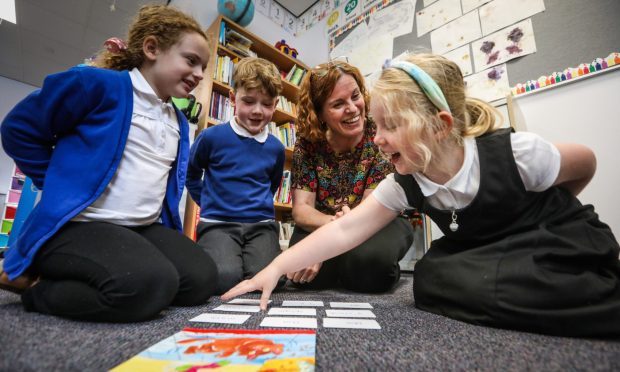
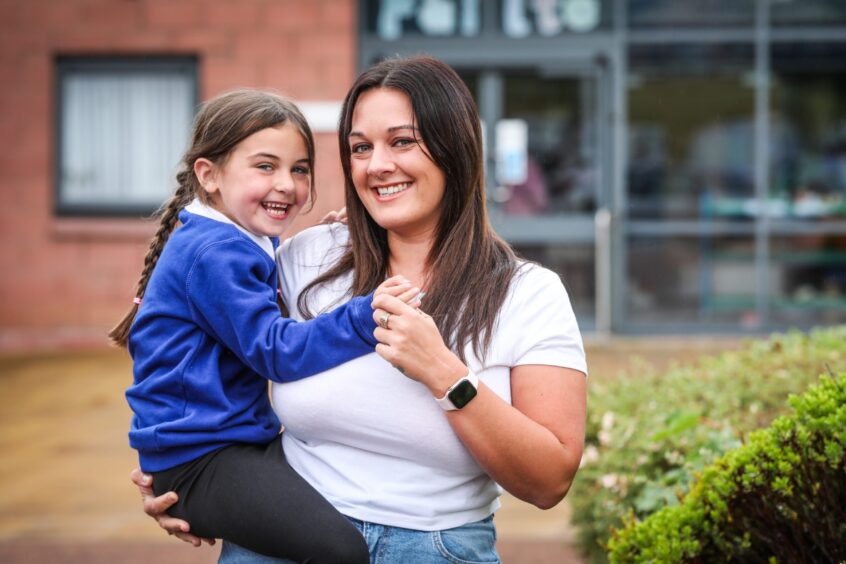
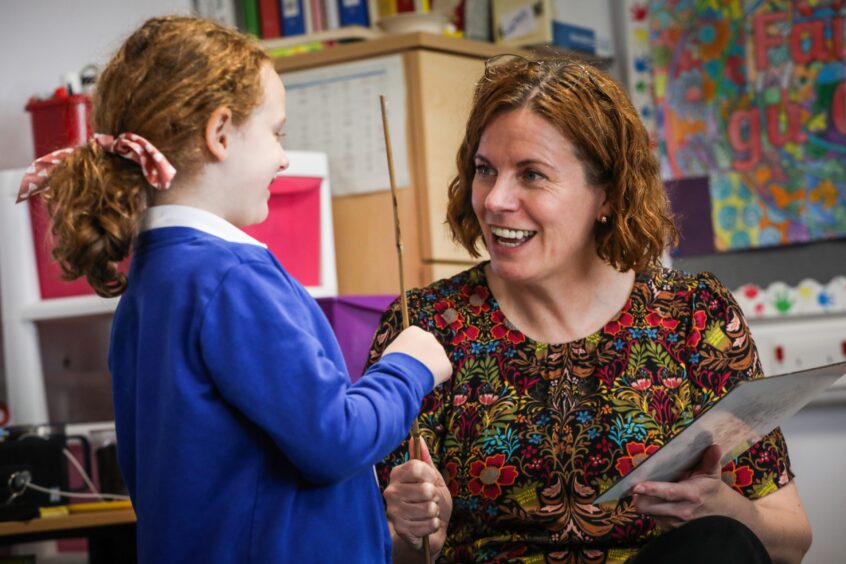
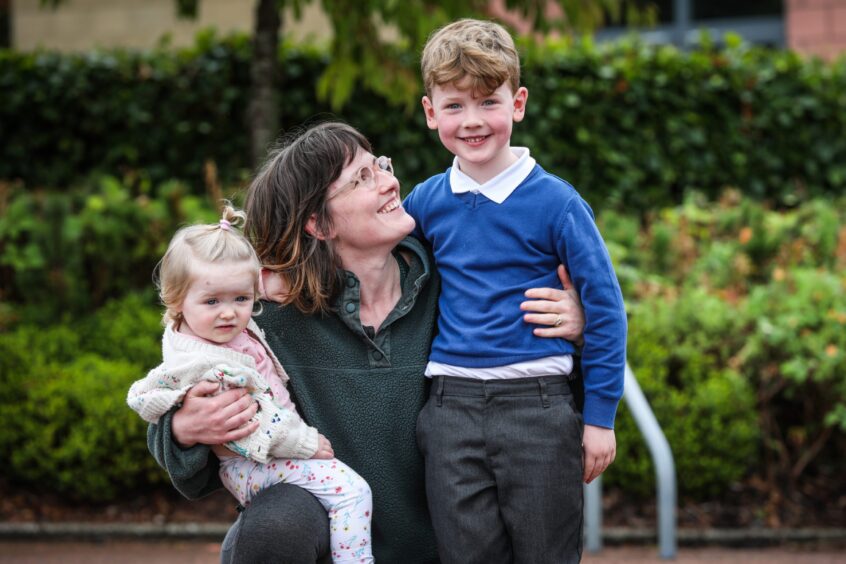
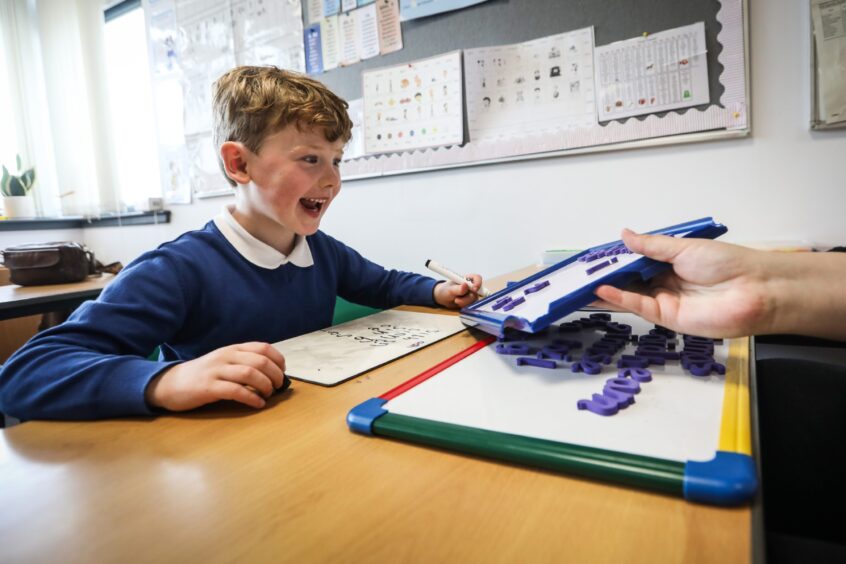
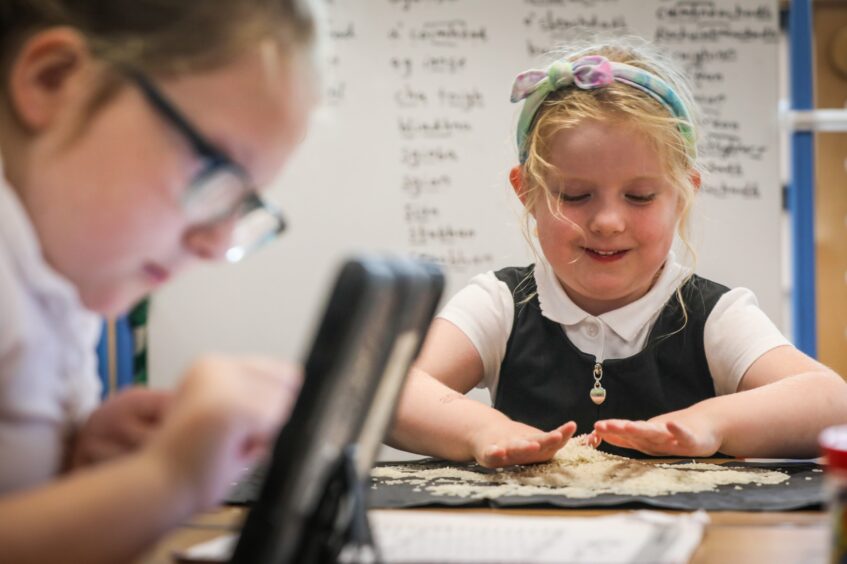
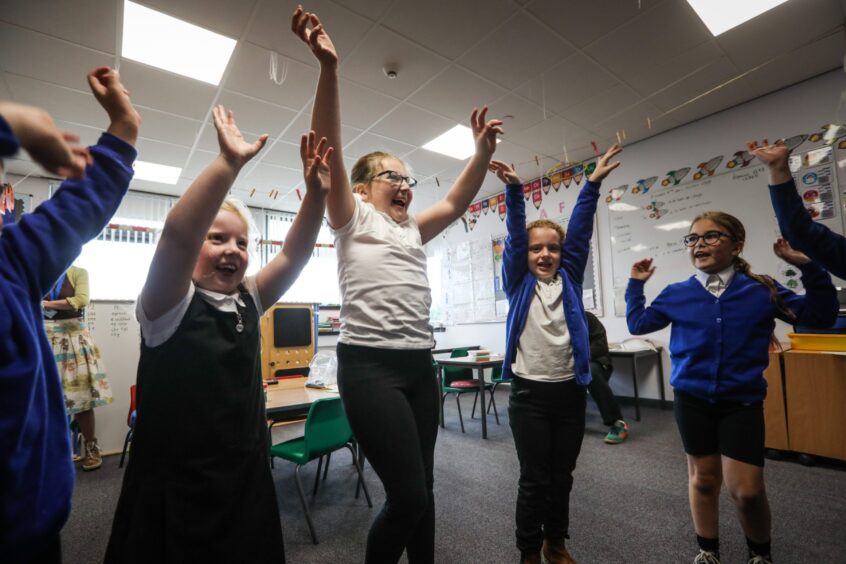
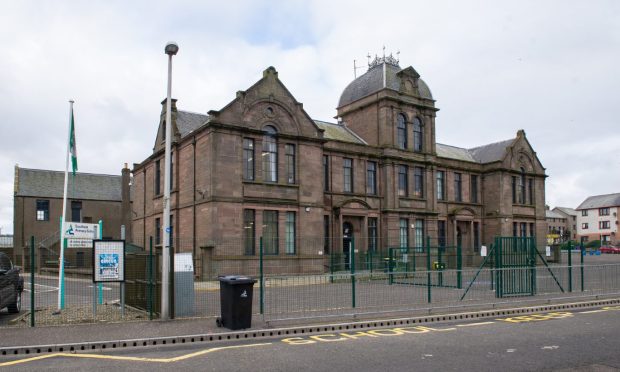

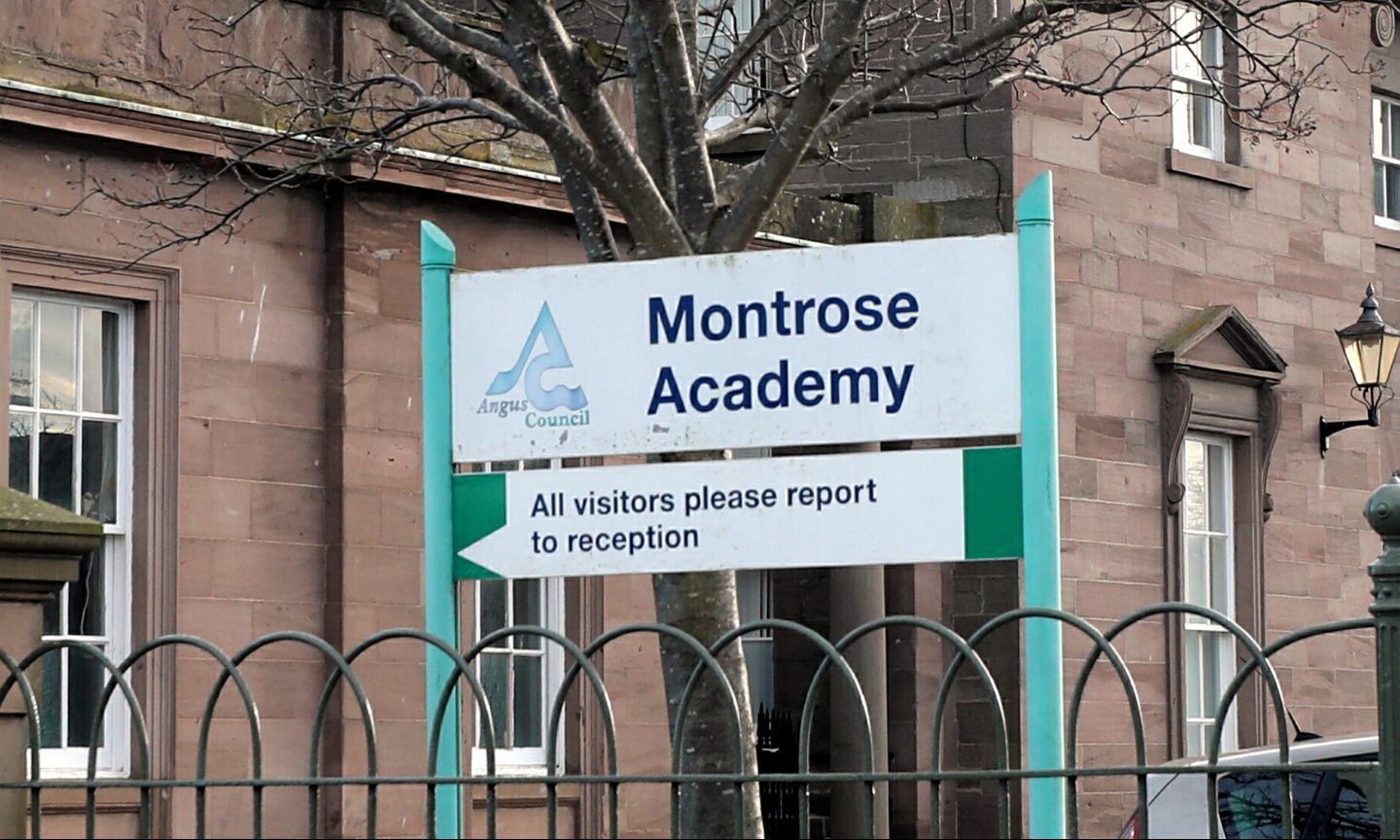
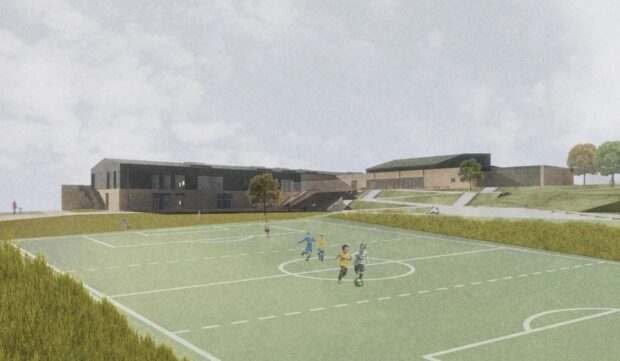
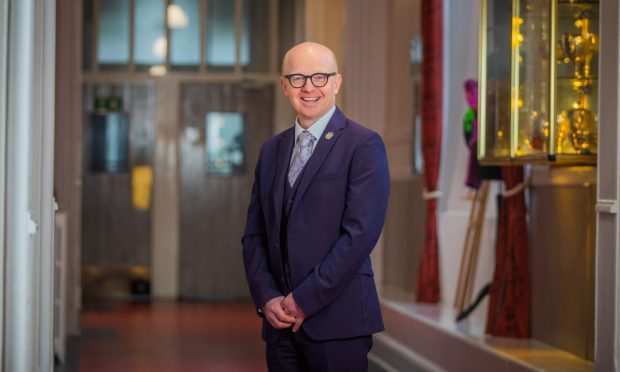
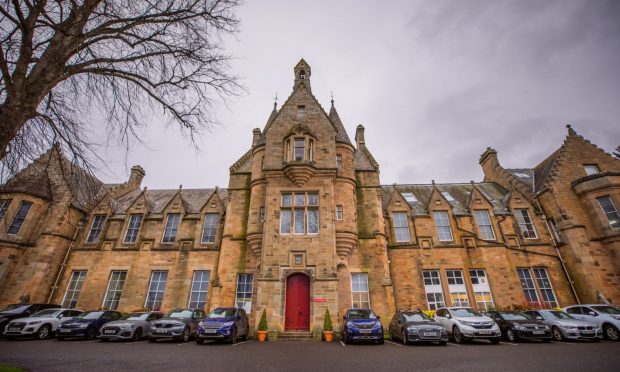

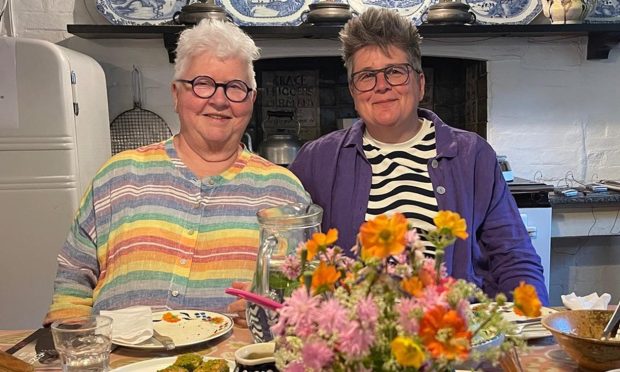
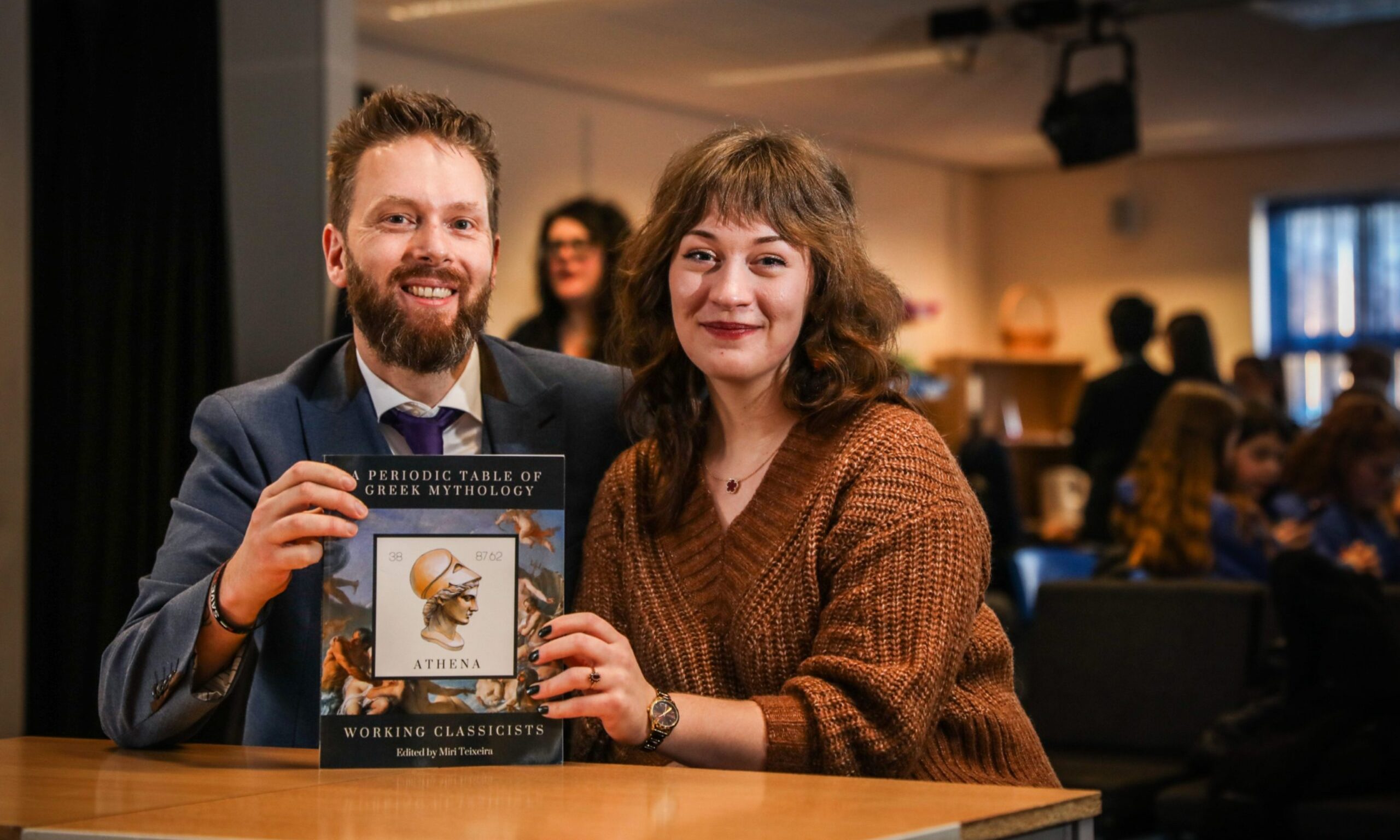
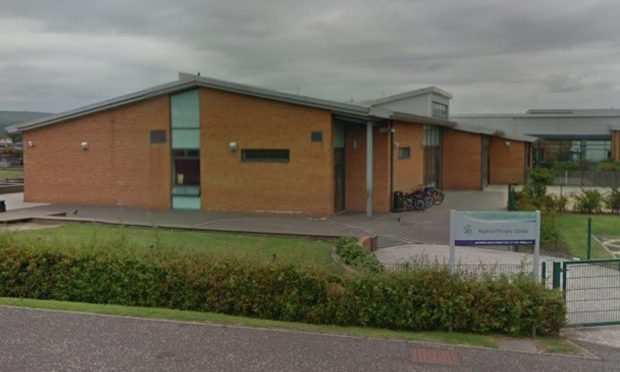
Conversation